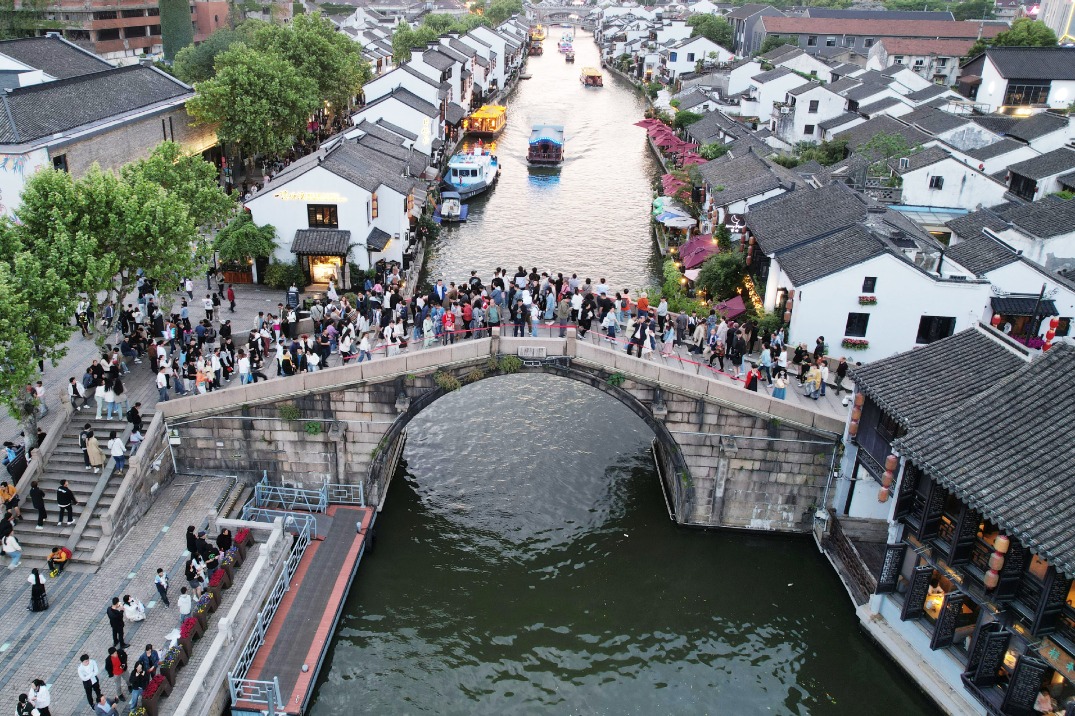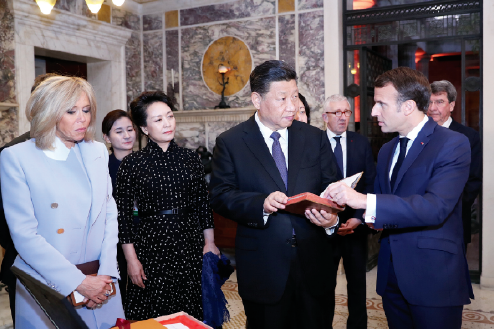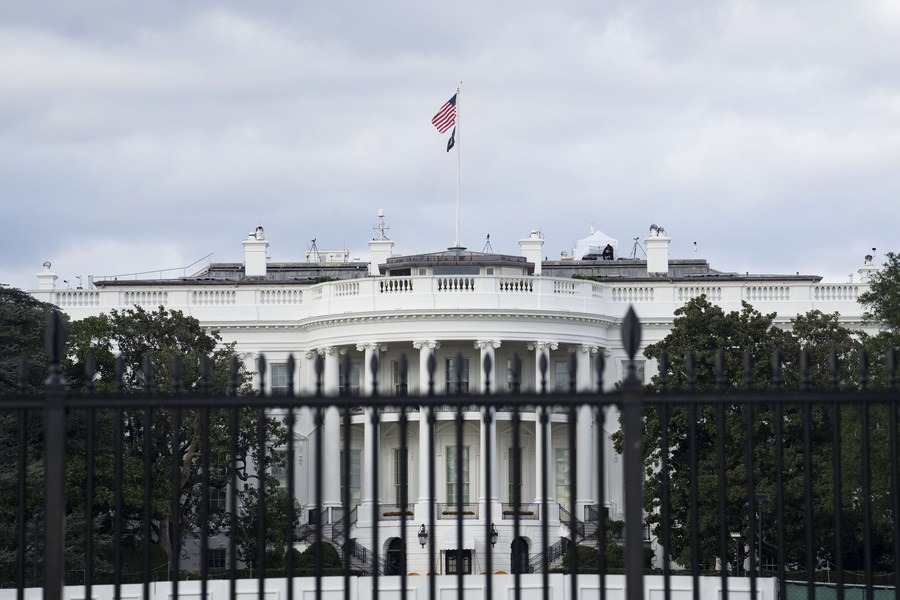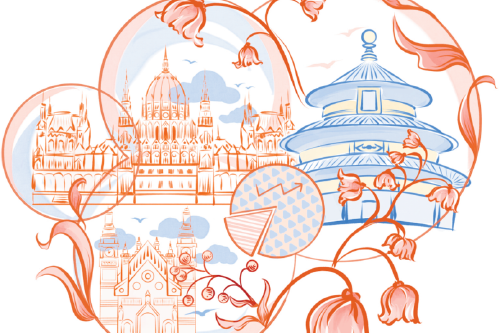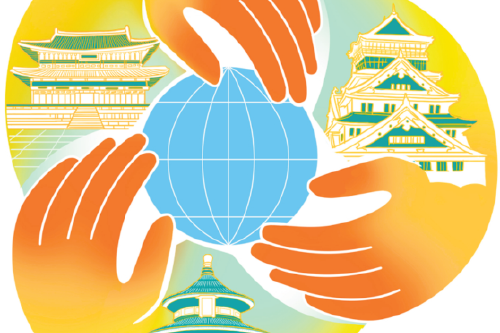Big city diseases should be cured one at a time

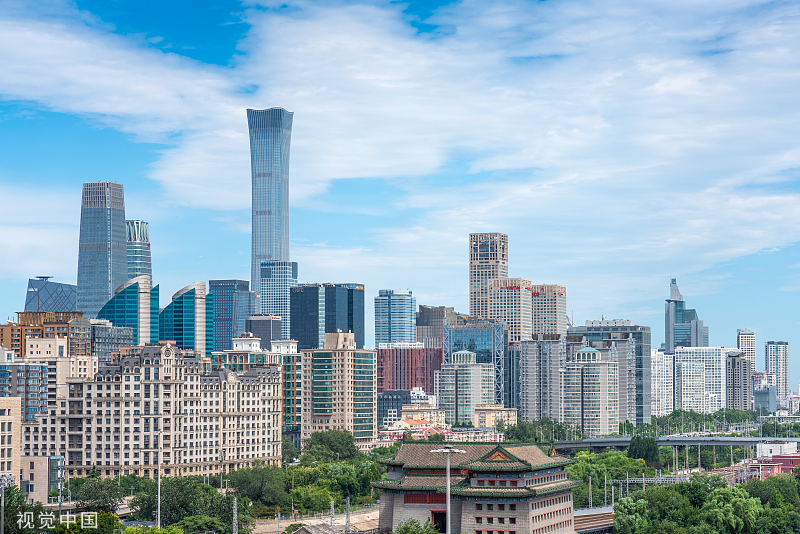
China has nearly 20 cities with a population of more than 10 million, with Chongqing, Shanghai and Beijing being the top three — each has more than 20 million residents. However, China's urbanization rate is only about 67 percent, which means nearly 500 million people still live and work in rural areas.
The government is pursuing urbanization to ensure the rural population leads a better life. China's urbanization rate had been increasing by about 1 percentage point a year for the past few decades, with even cities with a population of more than 10 million being required to open their doors wider to rural migrants. Only Beijing and Shanghai have been exceptions. The shortage of resources, and increasing traffic jams and pollution have prompted the two cities to strengthen city regulations.
Besides, reports say nearly 70 percent of the water consumed by Beijing residents is diverted from southern China through a number of channels, and the 7.54 million vehicles in Beijing are causing massive traffic jams while rising human activities are harming the local environment and increasing air pollution.
To treat the big city diseases, a decision was made about 10 years ago to move some non-capital functions out of urban Beijing. A modern sub-center has been built in eastern Beijing to accommodate local municipal departments and institutions, and by the end of last year some 30,000 municipal staff members had been moved there.
Besides, a new city, Xiong'an New Area, about 100 kilometers south of Beijing is being built to accommodate the headquarters of big companies, branches of universities, research institutions and other organizations, and house about 1 million people in the early stage. Over the past decade, more than 1,000 logistics centers and wholesale-cum-retail markets have been moved out of Beijing, including the well-known Zoo Wholesale Market, whose original site has been turned into a scientific innovation center.
These measures have worked because Beijing has managed to keep its population at 21 million for some years. In fact, the moves to relocate non-capital functions out of Beijing, along with other measures such as building more subways and encouraging the use of electric cars, have eased the city's traffic problem and improved its air quality.
But now that other cities are luring talents with preferential policies, the capital should try to maintain its luster by introducing more policies that are attractive to both domestic and overseas talents.
Having lived in Beijing for more than four decades and being used to the hustle and bustle of the city, I cannot afford to imagine a day when I, as an old man, am walking alone in a street, trying to find someone to ask my way back home. This is something I actually experienced in the Australian capital of Canberra.
I hope that doesn't happen in Beijing.
The author is former deputy editor-in-chief of China Daily.
kangbing@chinadaily.com.cn
If you have a specific expertise, or would like to share your thought about our stories, then send us your writings at opinion@chinadaily.com.cn, and comment@chinadaily.com.cn.
















